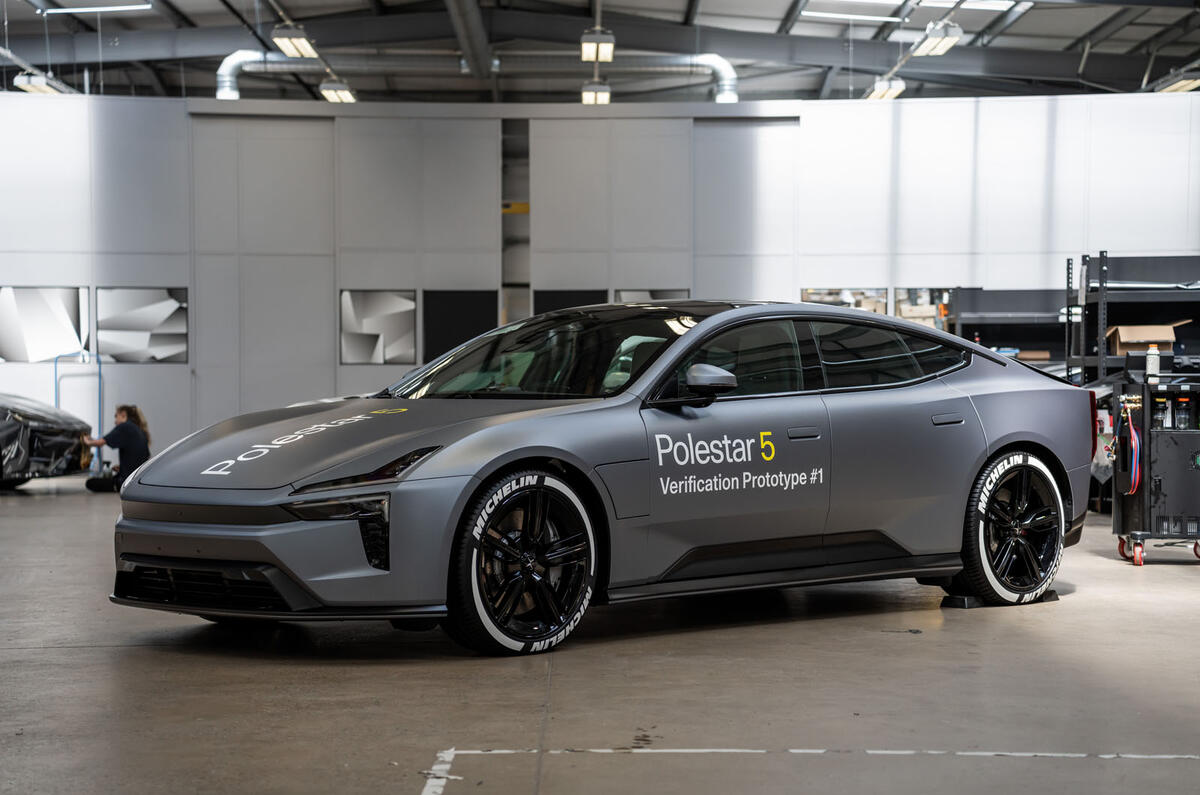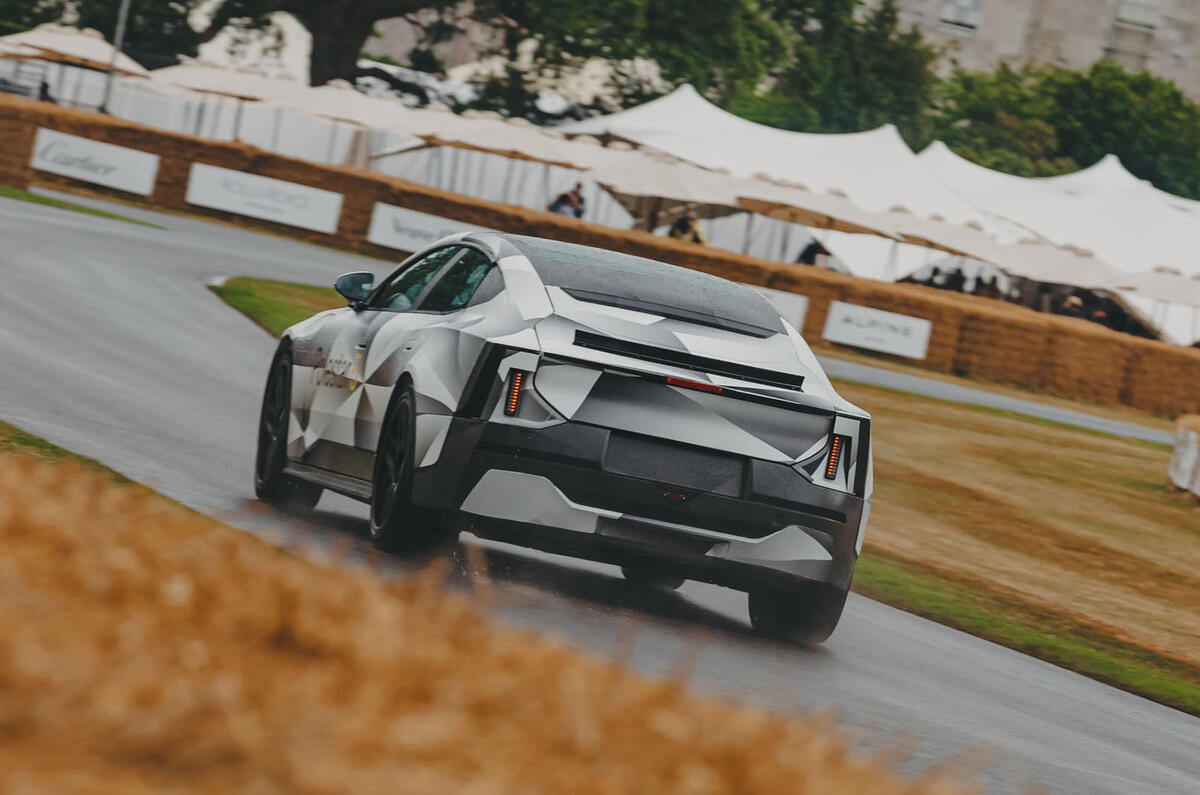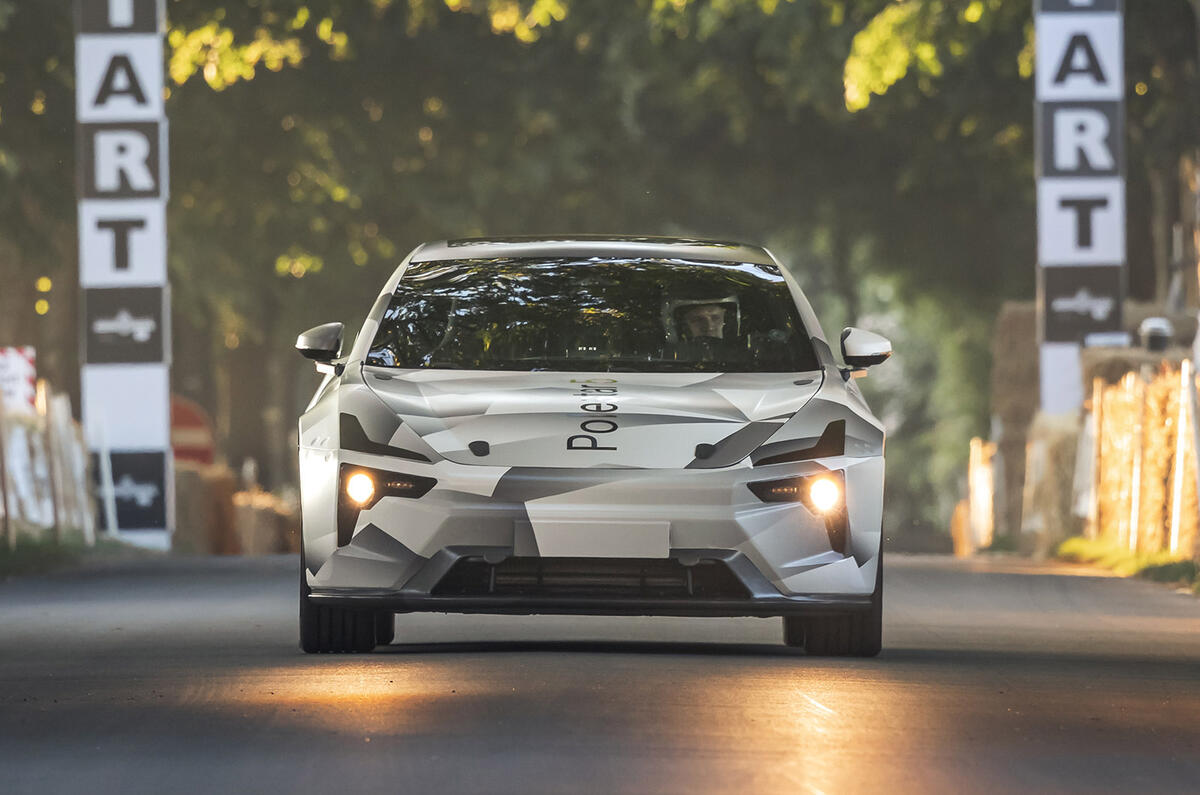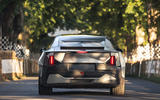Polestar will show the final version of its new electric super-saloon at the Munich motor show in September.
Remaining largely true to the radical Precept concept that the brand showed in 2020, the Polestar 5 is a Porsche Taycan rival with “supercar levels” of stiffness from a British-engineered chassis, an 800V electrical architecture for 'extreme fast-charging' and nearly 900bhp in its most potent form.
Polestar has revealed some of the headline specifications and showed a near production-ready prototype back in 2023, but it will give full details and unveil the interior of its long-awaited flagship at Munich in autumn.
Described as a “company-defining project”, the 5 is the first model to be built on a new scalable aluminium architecture that's bespoke to Polestar and has been engineered at the firm's development centre at the MIRA proving ground.
This platform will also underpin the drop-top Polestar 6 sports car that's due in 2026.
Polestar has confirmed the 5's new rapid-charging technology allows for 100 miles of range to be added in just five minutes without degrading the life of the battery.
CEO Michael Lohscheller suggested to Autocar that the introduction of 800V architecture is a technical highlight of the new 5, saying: "The charging time comes down to 18 or 19 minutes. This is really, really good. You will have to hurry to get your coffee in while you wait for the charging."

This technology, called extreme fast-charging (XFC), is a collaboration between Polestar and StoreDot, a charging company that Polestar has invested in.
StoreDot pioneered XFC initially on a mobile phone that could be fully charged in five minutes. XFC can be integrated into existing battery technology and doesn't require “a battery pack design revolution”, according to Polestar.





























































Join the debate
Add your comment
Oooo... look. It's an Xpeng P7. Oh, hang on a minute...
It's about time. When they first showed the concept I thought it looked stunning. 5 years later it needs a facelift to stay fresh.
Now this is a Polestar I would really buy!!! I drove the Polestar 2 and I didn´t like it. It´s too high and it looks disproportioned. Boring SUV´s and crossovers are not for me so I´m not interested in them at first place.